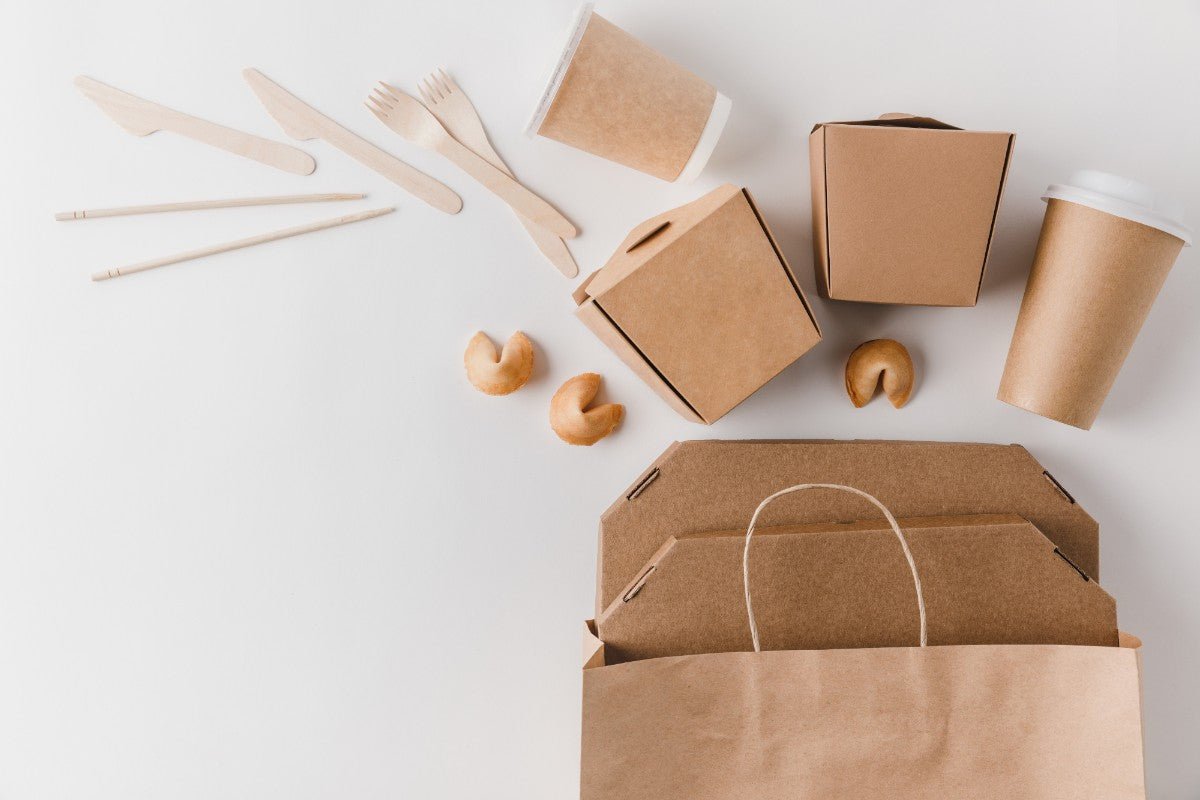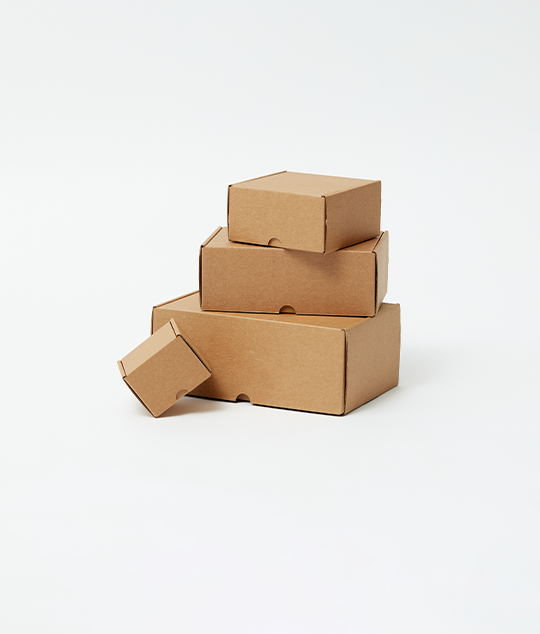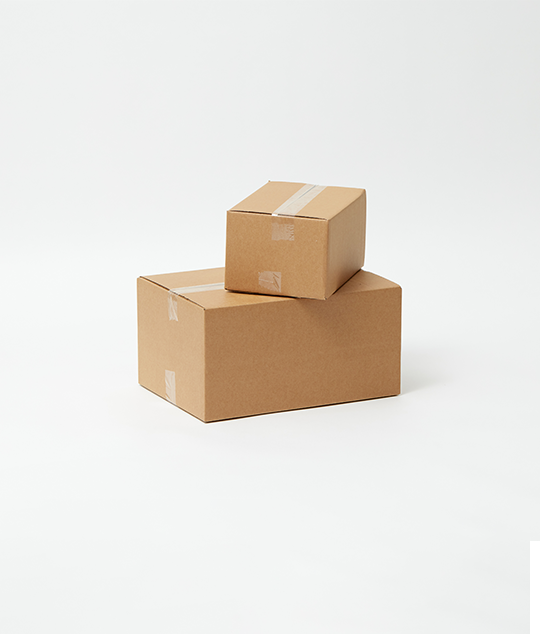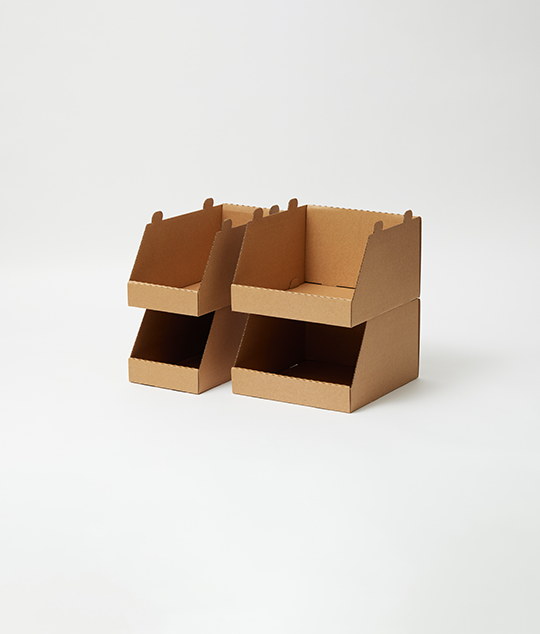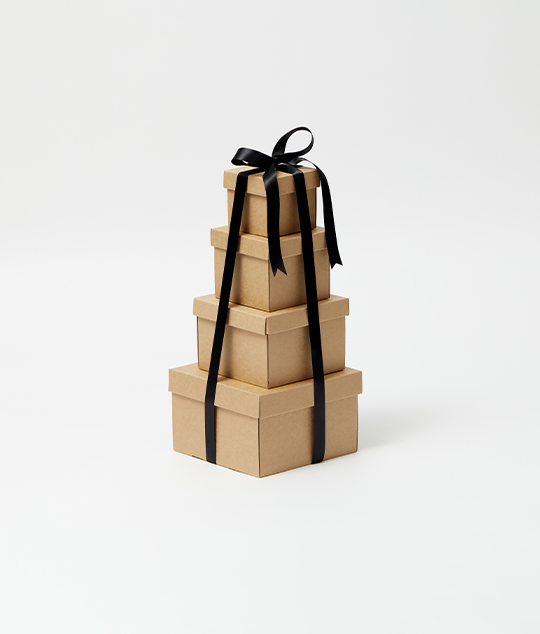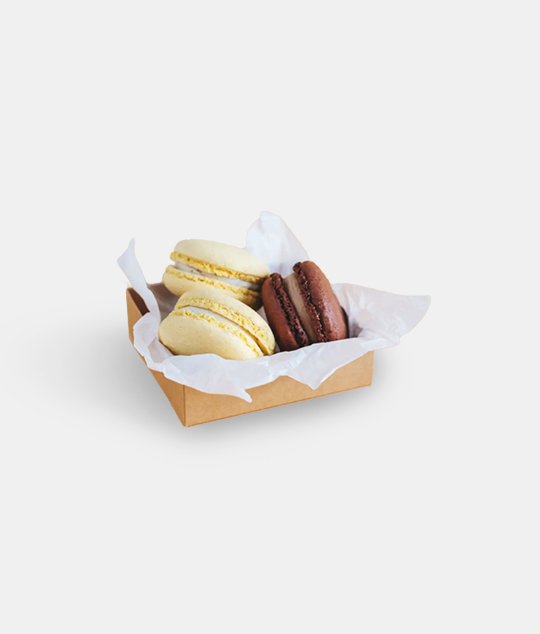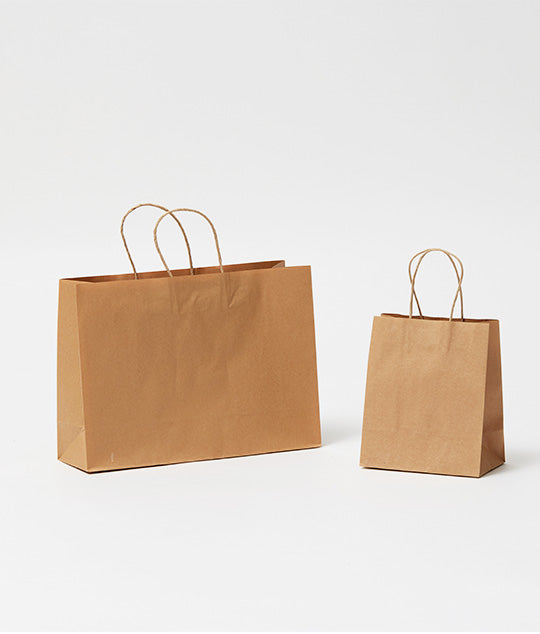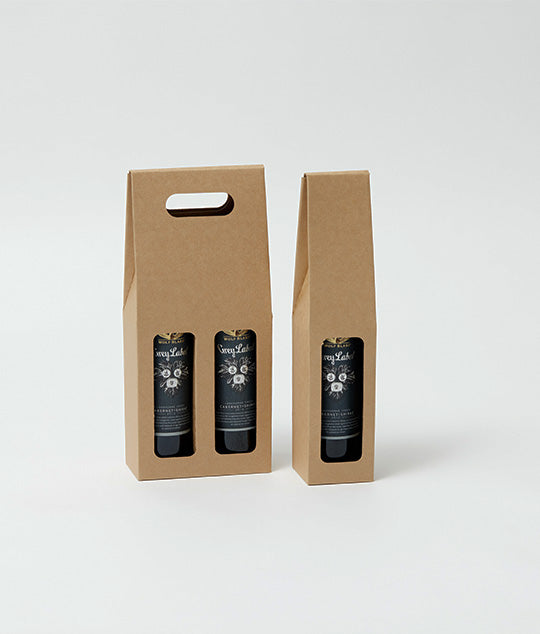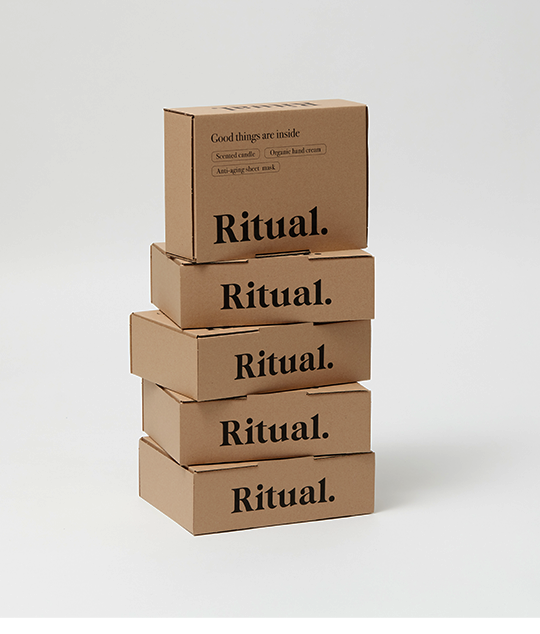
In this edition of our business-to-business blog, we guide you through the proven steps to successfully package and sell your food product. From choosing the right packaging materials to designing an eye-catching label, we'll walk you through the essential elements that can make your product stand out on store shelves. Join us as we uncover the strategies and techniques that can help you create packaging that not only protects and preserves your food but also captivates your target audience. Get ready to package your way to success.
Learning how to package and sell a food product is an essential step in the journey of any budding food entrepreneur.
The process involves more than just putting your delicious creations into a container and hoping for the best.
Your food packaging must not only preserve freshness but also capture consumers' attention, comply with regulations, and convey your brand story effectively.
If you're in business selling food items, you should take the time to learn the proper procedure of packing and vending edibles. Whether you want to start online or already own a small business, packaging should be one of the considerations in your food business plan. Your success hinges on your ability to utilise strategic plotting, inventive design aptitudes, and a comprehensive understanding of food regulations and safety rules to capture attention and sell food effectively to the target market.
Understanding the Importance of Food Packaging for Your Business
The world of the food product business is competitive and bustling with constant innovation. A crucial factor that stands between success and obscurity in this market? The answer lies within your food packaging.
"Food packaging design isn't just about aesthetics; it's a critical communication tool, a preserver of product quality, and ultimately an essential component for selling any food product." - Monique Samara, Founder at PackQueen
Effective food packaging design influences consumer behavior by influencing perceptions of quality, reliability, and trustworthiness. It acts as a silent salesperson by enticing customers to choose one product over another through visual appeal and informative details displayed on the package.
The Role of Packaging in Food Products
Packaging design does more than catch the eye. It tells a story about the food item inside – through nutritional information, ingredients list, or allergy warnings on the food label - serving as an open book to customers.
In essence, your packaged food speaks to customers before they even take a bite.
Whether you're a large food company or a small food business, packaging plays a crucial role in food marketing. Firstly, it ensures the safety and preservation of the food products, preventing any contamination or spoilage that could occur during transportation and storage. Secondly, attractive and well-designed packaging captures the consumer's attention and creates a positive first impression, increasing the likelihood of purchase.
Moreover, food packaging provides vital information to consumers regarding ingredients, nutrition facts, allergens, and product handling instructions. This information helps individuals make informed choices based on their personal dietary needs or restrictions. Packaging also acts as a communication tool by reflecting the brand identity and values of the company, establishing a connection with consumers before they even try the product.
Maintaining Quality Through Food Packaging
A great packaging strategy doesn’t stop at visual appeal. To properly package food for the market, there are important considerations such as protection against environmental factors like light or humidity. Whether you're selling food online or through brick-and-mortar channels, you need to ensure that the taste, texture, and overall quality of your food remain uncompromised.
No one likes stale chips after all.
Protecting food from light is crucial as it can degrade certain nutrients and cause discoloration. Packaging materials that block out harmful UV rays can effectively shield the contents from light damage, maintaining their nutritional value and vibrant appearance.
Moreover, optimal moisture control plays a significant role in preserving the taste, texture, and overall quality of packaged food. Excessive humidity can lead to spoilage, affecting both the flavor and structural integrity of products. By choosing packaging materials with moisture barriers or incorporating desiccants, one can mitigate these risks and extend the shelf life of food items.
Furthermore, suitable packaging should cater to transportation needs by providing adequate protection against physical impacts that occur during shipping or handling. Robust materials with cushioning features can safeguard delicate items from potential damage caused by jostling or rough handling along the supply chain.
Taking Your Product from Shelf to Cart: Effective Package Design
In today's fast-paced society where convenience is highly valued, functional food packaging has become increasingly important. Easy-to-open packages, portion control options, resealable features, and microwave-safe containers enhance consumer convenience while on-the-go or when preparing meals at home.
Sustainability is another aspect gaining significance in food packaging. As consumers become more environmentally conscious, they expect brands to use eco-friendly materials and follow sustainable practices that minimize waste generation and negative impacts on the environment.
Aside from these considerations, it’s important that you:
- Create visually appealing designs that reflect your brand identity.
- Educate consumers about the contents through clear labeling, including nutritional facts.
- Select materials wisely to ensure safety and freshness during transportation and storage.
Sourcing suitable materials forms the foundation for effective packaging strategies. In our next section, we'll delve into sourcing appropriate equipment needed for specific types of food businesses.
Sourcing Food Packaging for Your Business
Launching a food business involves many aspects, one of which is the selection of appropriate food packaging materials. The choice you make impacts not only your product's shelf life but also its appeal to consumers.
In today's market, items such as canning jars for preserves, plastic wrap for freshness retention, cellophane bags that provide transparency, and twist ties ensuring closure security are essential. Moreover, sturdy baking or shipping boxes safeguard your products during transportation.
A leader in custom-made packaging solutions like PackQueen can guide you through this crucial process. We offer comprehensive support from concept development to the execution of distinctive packaging design.
Ensuring Food Safety and Compliance
The packaged food sector must adhere to a range of legal requirements, ranging from labelling stipulations to health regulations. These regulations cover everything from labeling guidelines to health department regulations.
Given the importance of following health department regulations for packaged foods, a comprehensive understanding and compliance with food safety laws is essential when entering this industry. Venturing into this industry requires an understanding and adherence to both federal and state regulations pertaining to food safety.
Reviewing Legal Obligations in the Food Industry
To operate within legal parameters while running a small-scale packaged food business demands familiarity with specific labeling guidelines along with public health department norms. Businesses must adhere strictly not just for compliance sake but also considering customer safety at large.
For small-scale entrepreneurs entering this field, it is crucial to familiarize yourself with federal and state food laws.
Your journey begins with understanding how public health departments work in conjunction with drug administration agencies. They serve as the gatekeepers, enforcing laws related to allergen listings on packaging labels and other vital safety standards.
This knowledge not only protects consumers but also safeguards your business from potential penalties or even closures due to non-compliance issues.
Deciphering Legal & Licensing Obligations
Navigating the legal labyrinth when setting up a small-scale packaged food business is no easy task. One of the first decisions you'll need to make is whether you can operate your venture from home or if you'll need a licensed kitchen or processing facility.
Cottage laws, which allow certain types of food businesses to operate out of home kitchens, can be a lifesaver. These regulations typically apply to non-hazardous items like baked goods and preserves, but they vary by state.
If you're considering producing more complex products like meats or dairy-based goods that require controlled temperatures for safety, it's likely that you'll need access to a commercial kitchen or processing facility with the necessary licenses.
Licensing Requirements Unraveled
The particular licensing needs differ depending on where you are and the kind of item you're marketing. However, most small-scale businesses will need some form of health department permit, in addition to a business license, to legally sell their products.
This may involve regular inspections and adherence to specific sanitary practices during production.
There are plenty of online resources available, such as Food Standards Australia and NZ to help you determine applicable legal and licensing requirements. If you’re a home-based food business, you can find helpful information from government sites such as West Australia’s Department of Health.
Moving Forward With Packaging Materials Selection
Now that you have an understanding of meeting legal prerequisites for food safety and compliance, the next step is selecting appropriate materials for different types of packaged foods. This is another crucial step that every aspiring entrepreneur in this field must take.
Choosing the Right Food Packaging Materials
Packaging your food product requires careful consideration of both material and process. This is especially true for canned foods like sauces, which necessitate sturdy, heat-resistant materials.
To meet safety standards, these products must undergo processing in a certified kitchen or cannery. It's not just about maintaining quality - it also ensures your customers' trust.



